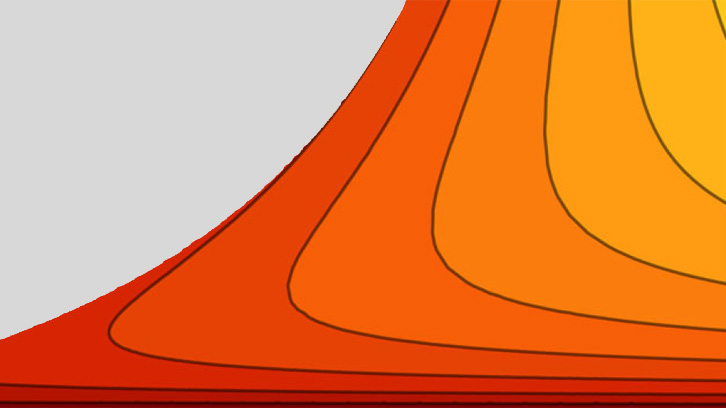How to evaluate the performance of quantum communication devices

Quantum technologies are here to stay: the impressive theoretical and experimental advances of the past thirty years allow us today to foresee the application of quantum mechanics at a new level, employing key quantum properties such as superposition and entanglement to perform faster computation, increase security and measure more precisely.
However, many of these advantages will rely on the ability to transfer fragile quantum states on both short and long distances, preserving them from inevitable noise effects. Quantum communication studies how to protect quantum signals during their transmission.
The ideal candidate for quantum communication is light, which can already be transmitted with current technology through optical fibers or in free space. These means of communication are represented theoretically by thermal attenuator channels, which describe the modification of the signal by attenuation and addition of background noise.
Unfortunately, the maximum information transmission rate allowed by quantum mechanics on these channels, known as quantum capacity, is difficult to compute. The Grup d'Informació Quàntica at UAB, in collaboration with Scuola Normale Superiore of Pisa, Italy, has recently computed several upper bounds on the quantum capacity of thermal attenuator channels, employing techniques from Quantum Information Theory.
The results constrain the possible values of the quantum capacity to a narrow range, comparable with experimental errors, and thus allow to evaluate the performance of present and future quantum communication devices for all practical purposes. The results are particularly relevant for optical communication in free space and microwave communication inside a quantum computer and they where recently published in Nature Communications.
Physics Department
Universitat Autònoma de Barcelona
References
Matteo Rosati, Andrea Mari & Vittorio Giovannetti. Narrow bounds for the quantum capacity of thermal attenuators, Nature Communications. Volume 9, Article number: 4339 (2018). https://doi.org/10.1038/s41467-018-06848-0

